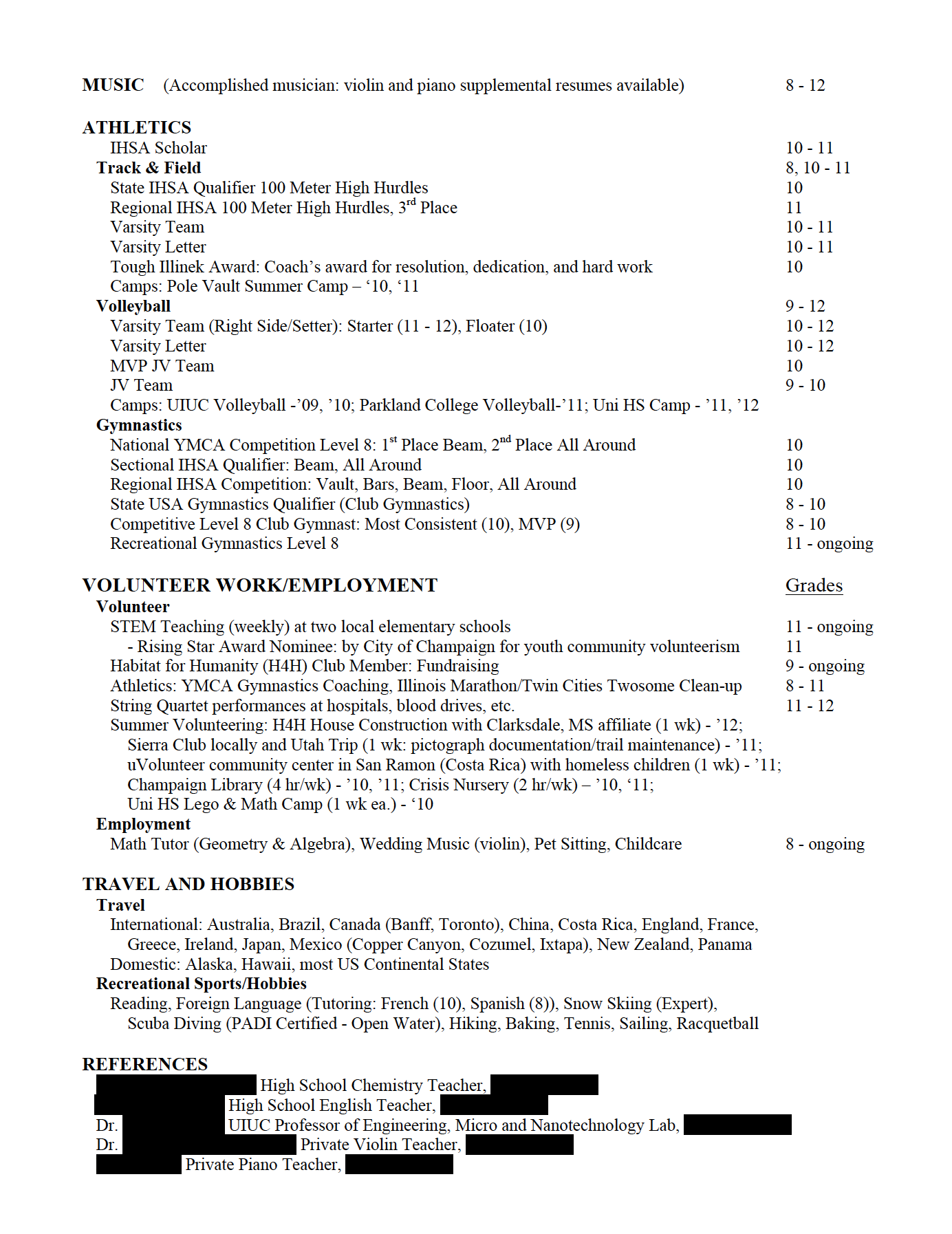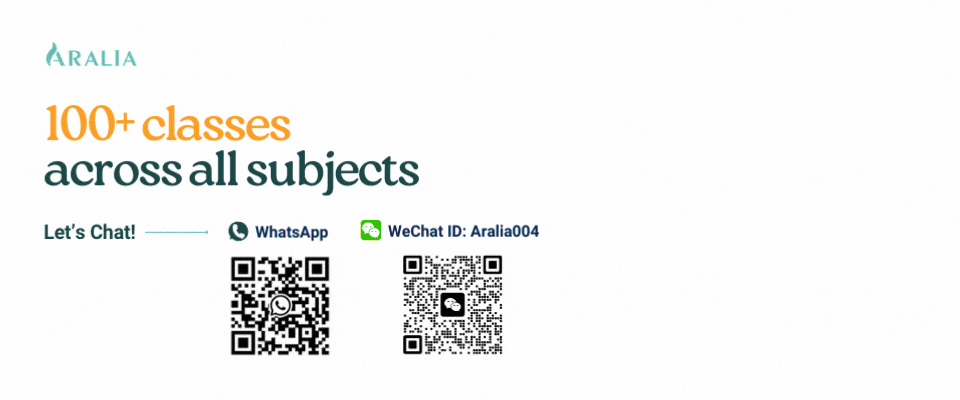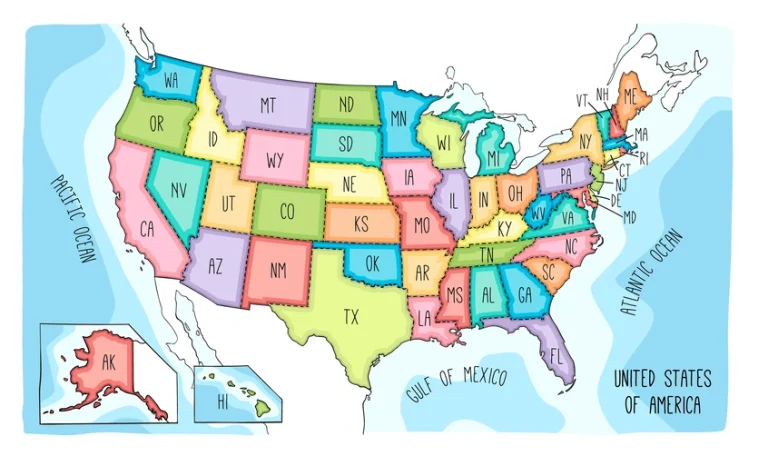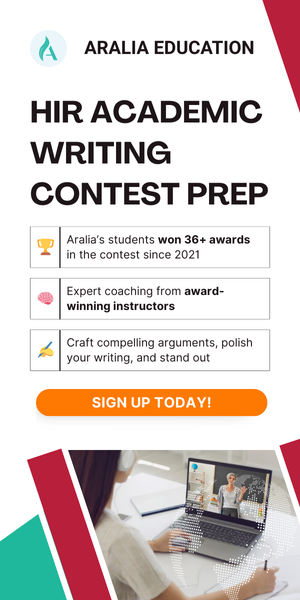What is a Safety School?
A safety school is a college that will almost definitely offer you admission; it means that your profile exceeds the school’s admission requirements for first-year students. In terms of admission percentage, you should have a 75% chance of acceptance once you apply to that school. This percentage can be calculated by determining if your test scores and GPA belong to the 75th percentile of the school’s student profile. For example, let’s look at Ithaca College’s Class of 2023 student body:
“The Class of 2023 boasts an average high school GPA of 3.33. Most — 84% — attended public high schools, including 15 students from Ithaca High School.”
SAT Evidence-Based Reading and Writing: 670
SAT Math: 650
ACT Composite Scores: 31
Looking at the profile, 75% of admitted students get these scores and lower. Therefore, if your test scores and GPA are higher than the 75th percentile, Ithaca College would be your safe school.
What is a Target School?
A target or match school is a college where your profile (grades, test scores, and class rank) falls within the average range for accepted students (rather than being above, like it would for your safe school). More specifically, it means you’ll have a 30-75% chance of acceptance once you apply to the school. Acceptance to the school isn’t a guarantee, but there is evidence that students with similar profiles to your own have been accepted in the past.
The term “target school” can mean different things to different students, depending on their academic profile, goals, and priorities. What constitutes a target school for one student might be a reach school or a safety school for another. The key is to identify a range of schools that are a good fit for your specific needs and goals and to create a balanced list of reach, target, and safety schools to apply to.
What is a Reach School?
A “reach school,” or a “dream school,” is a college where your profile falls within the range of accepted students. It means you have less than a 30% chance of being admitted with your profile. This school should challenge you to do your best in your remaining semesters of high school, push you to create an outstanding and holistic application, and have more exclusive acceptance criteria than your safe school or target school. You shouldn’t rely on being accepted to this school while planning your applications, but you should still try your best in your applications.
In addition to schools with higher criteria than are met by a student’s profile, a target school can also apply to students with a ‘perfect’ student profile who are looking to apply to prestigious schools like Harvard or MIT. Every year, thousands of students applying to these schools have an ideal profile, such as a 4.0 GPA, various leadership and extracurricular activities, and high test scores; however, they may not get accepted due to the intense competition and low acceptance rates.
Example with Resume
We will provide examples of student profiles to give you insights into their admissions processes.

The first student is Chelsea. With a 4.0 unweighted GPA and good test scores, Chelsea was accepted to MIT. Her GPA was perfect for admission; she also had impressive highlights, such as her intensive research experience during high school and various achievements in extracurricular activities like violin, piano, and gymnastics. Even with this unique profile, MIT was still Chelsea’s reach or dream school because only 7.3% of applicants are accepted each year; many students who have similar profiles do not make it through the application process.
The second student, Joe, has a 3.8 (unweighted) GPA, and he has an SAT score of 1900 (out of 2400 for the old SAT score). For him, Ithaca College is a safe school because his GPA and SAT scores are above the students’ profiles. However, UC Berkeley will be Joe’s reach school since, despite his GPA and SAT being in a similar range with UC Berkeley, it is a selective school with an acceptance rate of only 17.5%. Therefore, what will make or break Joe’s profile are his personal essays, extracurricular activities, and recommendations.
How to Identify Schools for Your List
At the beginning of your application process, we recommend starting with a list of six schools: two dream schools, two reach schools, and two safety schools. You can adjust this number according to your preferences; however, you should have at least six schools to make sure you have fallback plans and more motivation to apply to, and hopefully receive admission from, all six schools.
Step #1: Create Your School List
There are nearly 6,000 colleges and universities in the U.S., but you will only go to one school. Therefore, use all the available resources to identify the colleges you want to attend. You may narrow your search by geographical location, financial aid, majors, available extracurricular activities, school environment, etc. During this process, you should talk to as many people as possible about your college search, because they can provide you with experience and insights into the schools. However, don’t blindly follow their advice. School experience is unique to each individual; one person’s experience won’t reflect everyone’s experience at school. Therefore, making an educated decision based on all of the different information you receive is the most important part of determining which schools would be an excellent fit for you and your development.
From this search, I recommend having at least 6 and at most 25 schools on this list. If you have more than 25 schools, chances are you haven’t done enough research to narrow down your selection. On the other hand, if you have fewer than 6 schools, you should consider expanding your search to research more schools or broadening some of your criteria to be more realistic and include more schools that may not meet your preferences exactly but would still allow you to accomplish your goals.
The college search and timeline spreadsheets will allow you to keep track of all your college information for comparison, which you can also access anytime online using your phone and laptop. I always recommend that students make an online spreadsheet for their college search, as you can easily update information without having to erase and rewrite everything in a physical planner; plus, you don’t run the risk of leaving it at home or losing it. The College Application Planner can be downloaded online from our website.
Step #2: Categorize Your Schools
The next important step in your application process is to sort your chosen schools into the correct categories. To do this, I recommend you explore each school’s student profile, and compare it with your own. This comparison is not a definitive way to determine your chances at acceptance, as your GPA, test scores, and other factors will also be taken into account; but it’s a good starting point. If you are unsure about your list, don’t hesitate to reach out to discuss your thoughts with your advisor or college admission counselors. With their years of experience, they will be able to have a realistic viewpoint of how your performance compares with past admitted students, and therefore, give you a more objective idea of which category each school on your list falls into.
When creating your college list for applications, it is important to ensure that you have a good understanding of what qualifies as a safety school, target school, and dream school means for you. Researching different types of schools and narrowing down your choices based on criteria that are important to you will help ensure that your college list is well-rounded and includes both schools that will challenge you and reliable back-up plans. Additionally, making sure that you have a variety of safety, reach, and dream schools will increase your chances of getting admitted into each one. Ultimately, having an intentional college list that you plan out ahead of application season will give you the best chance at finding the perfect university for you!










